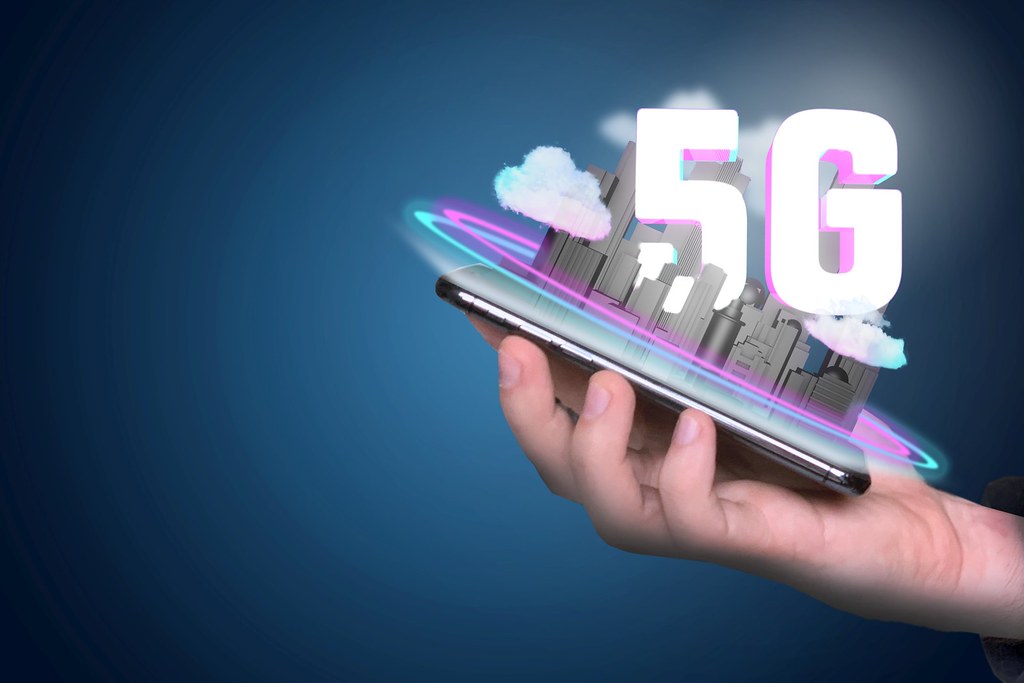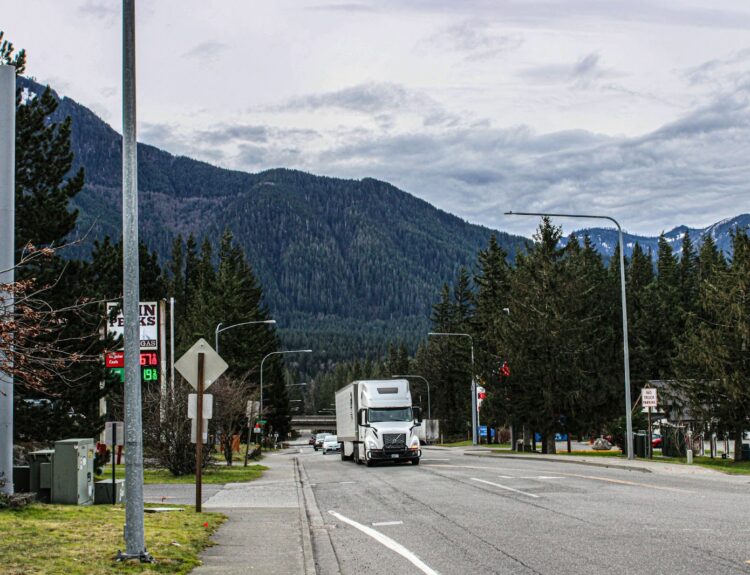Introduction
With cities continuing to grow and expand, it is increasingly important to implement more sophisticated technologies to manage and facilitate city living. Enter 5G technology, the fifth generation of mobile network connectivity, which promises a revolution in the way smart cities function. Much faster speeds, lower latency, and greater quantities than its predecessors, 5G can enable a very large number of devices to be online at once. It propels the development of smart city applications ranging from intelligent traffic management to energy-efficient buildings.
Smart cities leverage this connectivity to enhance residents’ quality of life with improved city services. In addition, 5G will drive seamless real-time data analytics, dynamically controlling traffic, smart waste management, and public safety a reality. Imagine streets lined with smart sensors in communication with vehicles and pedestrians to avoid congestion and accidents, or energy grids that balance out supply and demand automatically based on real usage patterns in real time.
With 5G continuing to be adopted by cities across the world, there is no limit to how much innovative solutioning can be found for many of the age-old urban challenges. This synergy between 5G technology and smart city initiatives has just stopped being about connectivity; rather, it’s building sustainable and livable urban environments for future generations.
The Role of 5G in Urban Infrastructure
5G technology is bound to rebirth the infrastructure of cities, thereby acting as the backbone for cities. With ultra-fast data transfer rates and minimum latency, 5G communication between devices will take city operations to a whole new level. Imagine a 5G-enabled traffic management system that analyzes connected vehicles and smart traffic lights in real-time to optimize the flow of vehicles and minimize congestion. This reduces not only commute times but also emissions, thus adding up to cleaner air.
Moreover, the smart grids powered by 5G can manage energy distribution efficiently to allow for real-time monitoring of the pattern of energy consumption. Integration of renewable sources of energy will thus be possible since cities can adapt to fluctuating energy demands while minimizing waste.
Surveillance systems enabled by 5G further help public safety through the use of artificial intelligence in the detection of anomalies and the quick responses that come with such emergencies. 5G further enables the deployment of IoT devices on urban landscapes-from smart waste management systems that optimize collection routes to sensors monitoring air quality.
In one word, 5G is more than just an upgrade in technology; it’s an imperative structure needed to allow cities to be more efficient, sustainable, and responsive to citizens’ needs.
5G: Improving Public Safety
As urbanization continues to rise, safety has remained at the top of the agenda for city authorities. Welcome 5G technology-a game changer in ways cities can make their environment a lot safer and respond quicker in case of an emergency. With ultra-fast data speeds and low latency, 5G connectivity enables real-time communication between first responders, city management systems, and citizens.
Imagine a situation wherein a fire strikes in a highly concentrated area. With 5G, live video feeds from drones will provide immediate situational awareness for emergency services to evaluate the spread of a fire and dispatch resources more effectively. Besides, connected surveillance cameras with advanced analytics can detect out-of-the-ordinary activities and automatically alert authorities much faster than before.
In addition to this, it allows the integration of smart sensors into the urban environment with 5G technology, continuously monitoring everything from air quality to crowd density. Such sensors could send emergency services critical information that aids them in developing quick response tactics in case of a natural disaster.
Basically, 5G is not just about quicker internet; it builds a safer and more responsive urban landscape where technology and public safety go in tandem for saving lives and making lives better for all citizens.
5G-Powered Smart Transportation Systems
With growing urban populations, there is an increasing demand for effective transport systems. This is where 5G technology becomes imperative in disrupting how we navigate cities. The fast speeds and ultralow latency of smart transport systems powered by 5G ensure minimal safety risks, congestion cuts, and higher user experience.
Now, imagine traffic lights talking in real time with the traffic as they readjust their timing according to the flow of current traffic. This interaction can help reduce wait times and improve overall flow. Going further, 5G allows the autonomous vehicles to collect massive volumes of data from their surroundings and then make instant decisions that improve the safety of the passengers and pedestrians alike.
Public transportation systems also benefit. With 5G, buses and trains can let people know in real time when a bus or train will actually arrive, while predictive analytics can optimize routes based on demand. Smart parking solutions powered by 5G will point drivers to open spots, saving the angst of circling the block to find a place to park.
Put differently, 5G technology is not just about faster internet; it’s about redescribing urban mobility as connected experiences with seamless connectivity that makes cities smarter and more efficient than ever before.
Applications of 5G in Smart Utilities
- Smart Metering: 5G enables real-time monitoring of energy and water consumption, allowing utilities to provide accurate billing, detect leaks, and optimize resource allocation.
- Grid Management: Enhanced connectivity allows for more efficient management of electrical grids, facilitating quicker response times to outages and better integration of renewable energy sources.
- Waste Management: Sensors connected via 5G can monitor waste levels in bins, optimizing collection routes and reducing operational costs while minimizing environmental impact.
- Water Quality Monitoring: 5G supports continuous monitoring of water quality through IoT devices, ensuring compliance with health standards and rapid identification of contamination.
- Predictive Maintenance: Utilities can utilize 5G to gather data from equipment and infrastructure, predicting failures before they occur and reducing downtime.
Impact on Healthcare Services in Smart Cities

Integrating 5G technology into smart cities is bound to bring in unparalleled transformation to healthcare services. Ultra-low latency, combined with high-speed connectivity, enables 5G to facilitate real-time data transmission in patient treatment and monitoring; even healthcare providers will be able to monitor remotely. Such wearables shall send vital signs directly to the medical experts so that timely intervention and personalized care can be carried out.
With 5G greatly improving the capability for video consultations and remote diagnostics, telemedicine, already in increasing demand, is bound to thrive. Expert opinions can easily be offered to patients beyond geographical barriers, hence assuring better access to healthcare, particularly in underserved areas. The emergency response systems also benefit considerably; real-time data provided by traffic sensors and drones can smoothen ambulance routes, hence drastically reducing response times in critical situations.
Moreover, 5G enables innovation in smart health facilities that are equipped with various devices connected, collecting and analyzing data on patients continuously. This will enable better operational efficiency but also aid in predictive analytics toward proactive health care and resource utilization.
Fundamentally, 5G technology is not an upgrade; rather, it acts as a catalyst toward a smarter, better health ecosystem centered on care outcomes and access, which in turn will redefine the face of healthcare in urban settings.
Key Benefits of 5G for Citizens
- Enhanced Connectivity: With millions of devices interconnected, 5G ensures seamless communication between smart devices, from traffic lights to home appliances, creating a more efficient urban infrastructure.
- Faster and Reliable Services: Citizens can access services such as telemedicine, public transportation updates, and emergency responses with unprecedented speed and reliability, reducing wait times and improving overall quality of life.
- Real-time Data Processing: 5G enables real-time monitoring of city systems, allowing for swift responses to issues like traffic congestion, air quality, and public safety threats, ultimately leading to smarter decision-making.
- Increased Accessibility: High-speed connectivity empowers more citizens to engage with digital services, bridging the digital divide and ensuring that technology benefits everyone, regardless of socioeconomic status.
- Sustainability Initiatives: Enhanced data collection and analysis can lead to more efficient energy usage and waste management, contributing to greener, more sustainable urban environments.
Challenges and Considerations in Implementing 5G
Cities are racing to embrace the transformative potential of 5G technology. However, a load of challenges and considerations hinders this artefact from seamless implementation. First, there is an immense requirement of infrastructure in this regard-5G networks require a thick array of small cell towers for adequate coverage, which demands significant investment in both installation and maintenance. This can strain municipal budgets and often sparks pushback from residents concerned about aesthetics and health implications.
Also, the integration of 5G into already operational urban systems is surely going to be heavily planned and coordinated between different levels of government agencies, private companies, and community organizations. Another very important issue is ensuring real cybersecurity measures, as greater connectivity opens up new ways for potential actors to act maliciously.
Moreover, the issue of equitable access to 5G services is also a problem. Without addressing the digital gap, one runs the risk of leaving behind poorer sections of society, which would heighten disparities. In finding one’s way through such a maze, proactive citizens’ engagement and inclusive policy-making will be of major importance in maximizing benefits coming from 5G and mitigating its challenges right up to paving the route toward smarter and more resilient urban environments.
Future Trends in 5G and Smart City Development

The future of 5G intertwined with smart city development does not look anything less than exciting as one looks at the horizon of urban innovation. Of many such highly expected trends, advanced IoT ecosystems will top where billions of devices are inter-connected, communicating seamlessly in real time. It will empower smart infrastructure, from intelligent traffic management systems to smart waste management solutions that optimize collection routes by reducing congestion, all the way to enhancing sustainability.
Moreover, 5G’s ultra-low latency will revolutionize public safety through the deployment of smart surveillance and emergency response networks that relay data almost instantaneously. Telemedicine will also crop up in healthcare, as remote patient monitoring and real-time consultation make health care easily accessible and effective.
Also, augmented and virtual reality applications will find their application in urban planning: visualization and simulation can help city planners to see developments before they are built-to be able to make sure the projects will meet the community needs. As cities evolve into smart ecosystems, driven by 5G, possibilities of enhanced quality of life, higher economic opportunities, and greater engagement of citizens will redefine urban living. The future is bright, and it is powered by 5G at the heart of our transformation towards smart cities.
Conclusion: The road to come for Smart Cities with 5G
While integration of 5G technology into smart cities speaks volumes of huge promise for the future with urban development entering a new era, having increased connectivity, low latency, and higher bandwidth with 5G enables cities to operate efficiently, sustainably, and responsively to their citizen’s needs. The applications range from intelligent traffic management systems that reduce congestion to smart waste management to optimize resources.
Whichever the case, this will be actualized through a partnership of effort by governments, technology companies, and communities. Governments must develop the frameworks that will incentivize investment in 5G infrastructure while ensuring there is a guarantee of equal access for all residents; businesses must innovate to develop solutions using this technology to solve pressing urban challenges.
Equally, smart cities need to place data privacy and cybersecurity at the heart of their adoption of the 5G revolution to protect citizens from emerging threats. Of course, the road ahead will not be entirely bump-free, but with a strategy in plain sight and inclusivity at the top of the mind, smart cities using 5G will transform urban living: making life connected, efficient, and sustainable. The journey has just begun, and the prospects are as exciting as they are profound.



